30 Images and Photos of Climbing Plants
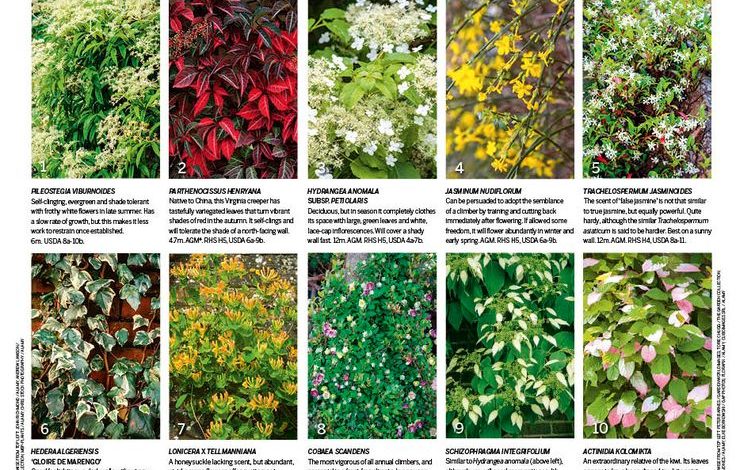
Whether it’s a house or a garden, climbing plants are an excellent option to decorate these spaces.
You agree with me right?
In the following article, we show you more than 30 images of climbing plants, with a brief description of the plant in particular. So you can go deeper in case you want to grow it and enjoy it for yourself in your garden.
Can you come with us?
wisteria
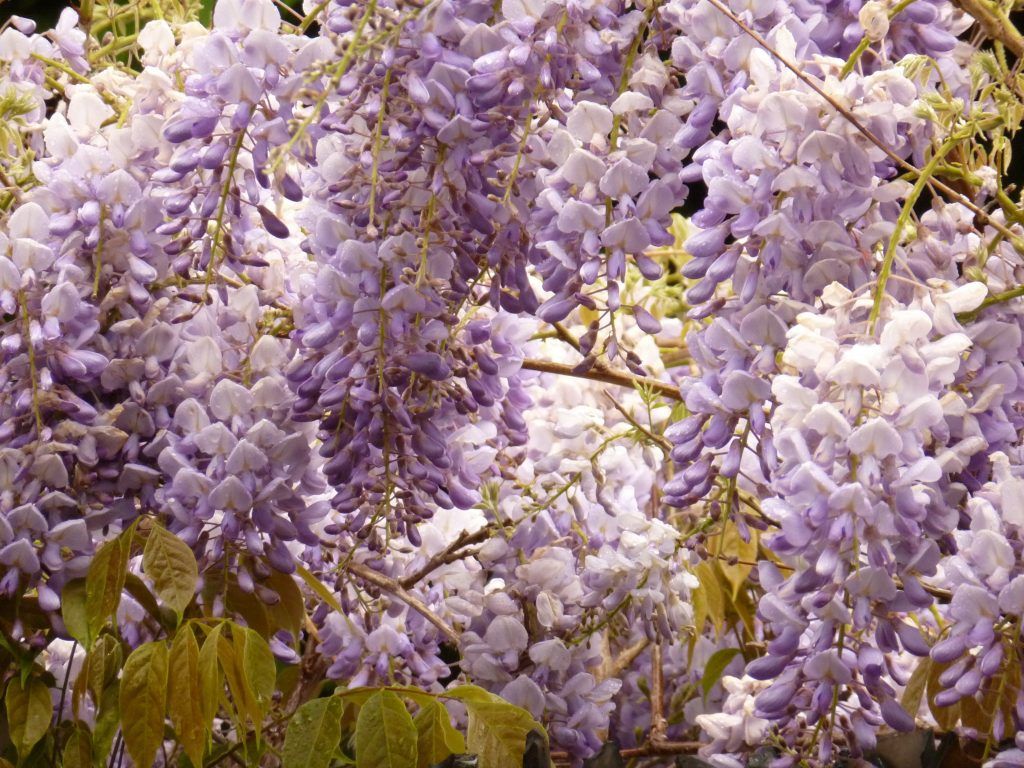
Wisteria (Wisteria sinensis)it is a shrub native to China; however, under the right conditions it can occur in other parts of the world.
It is also known by the name of Wisteria.
It can function as a climbing plant (such as bougainvillea) reaching between20 and 30 meters high.It can also behave like a tree by forming a waxy and flattened trunk.
It is also used in many gardens, so it can be considered an ornamental plant and can havea lovely purple colorlike lavender.
- Prune a Wisteria: [Importance, Time, Tools, Considerations and Steps]
- Cultivation and planting of Wisteria in the garden.
Clematis Nelly Moser
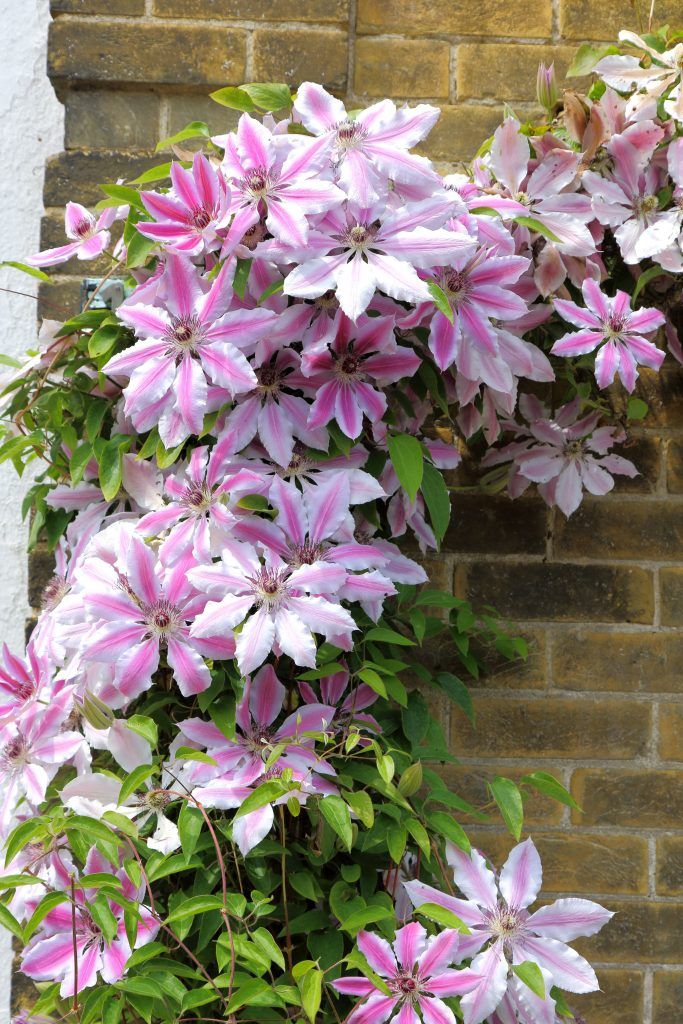
The Nelly Moser clematis is gorgeous. This genus has more than 200 wild species and about 450 cultivars, almost all of which are climbing or hanging plants, although there are shrubs.
Climbers or lianas can reach almost 4 meters in height.
Leaves lanceolate, green, deciduous or perennial depending on the climate.
Beautiful flowering by its sepals. Flowers can be small or large, single or double.
pink bougainvillea
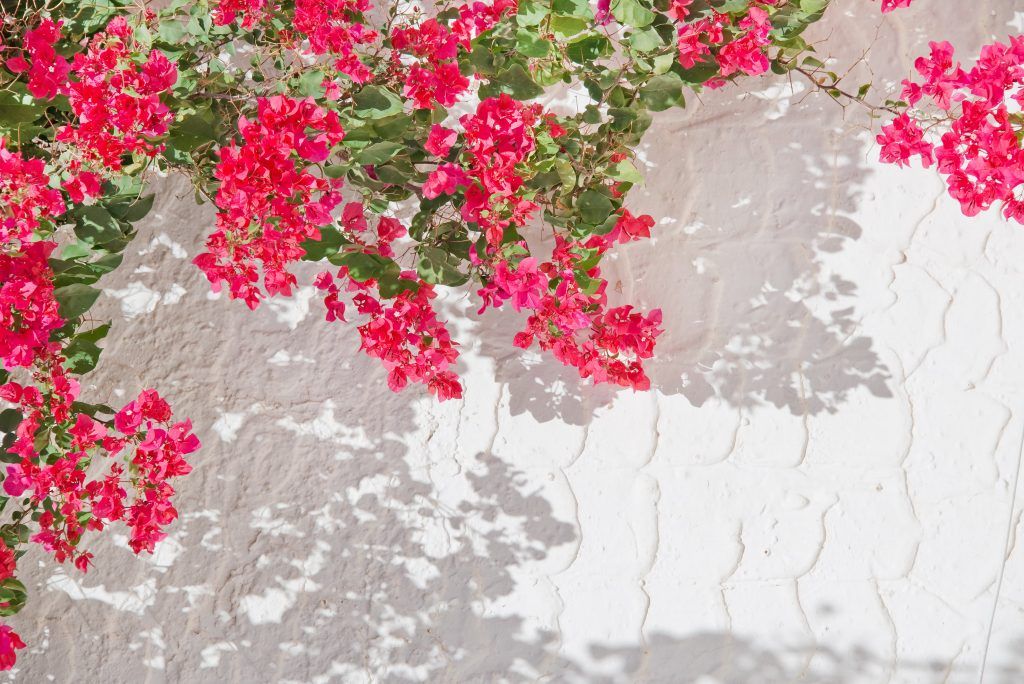
They are shrubs or small trees, some perennial climbers in the rainy areas throughout the year, or deciduous in the dry season; from 1 to 12 m high. They attach themselves to other plants using their sharp spikes, the tips of which are covered in a black waxy substance.
The leaves are alternate, simple and oval-acuminate in shape, 4-12 cm long and 2-6 cm wide. The flowers, hermaphrodite, are axillary, conspicuous, tubular, with 5-6 short lobes, generally white, organized in groups of 3, each inserted in a persistent bract with a papyraceous appearance and usually brightly colored white, yellow, pink, magenta., purple, red, orange.
The number of stamens varies from 5 to 10; with short, welded filaments at the base. The ovary is fusiform, glabrous or pubescent, with a short lateral style. The fruit is a narrow, fusiform or cylindrical pentameric achene.
roses
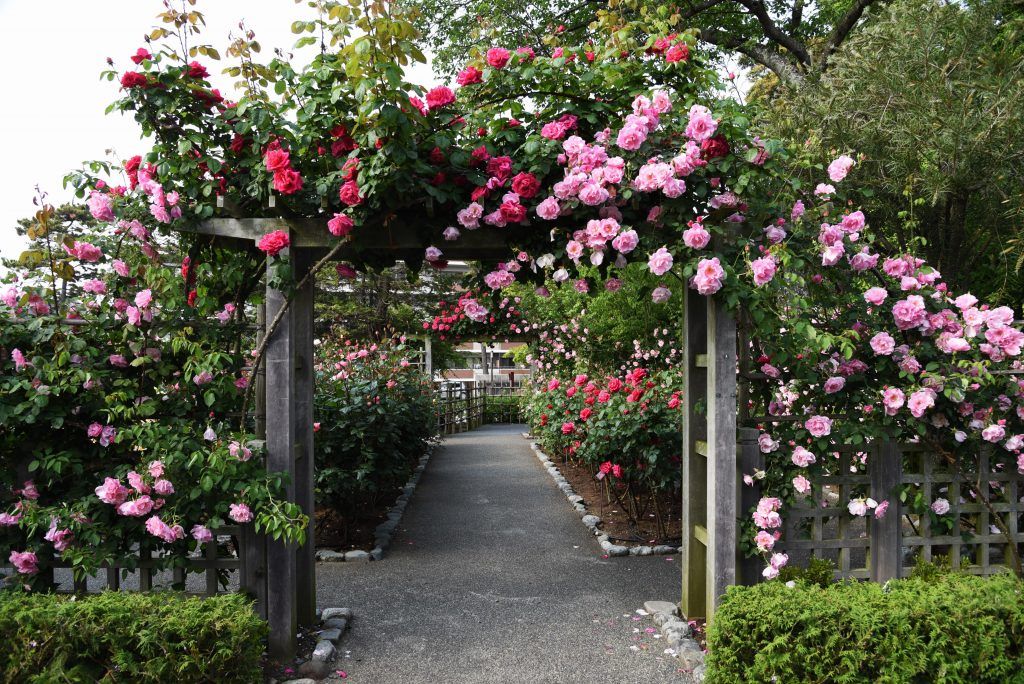
Roses are one of the most cultivated plants throughout the world.
Which is the reason?That is very beauty.For this reason, it is considered one of the most used ornamental plants.
Who has not given a rose or who has not received a rose at some time?
A garden with roses can be something spectacular.Therefore, do not be afraid to include them when designing your garden.
violet clematis
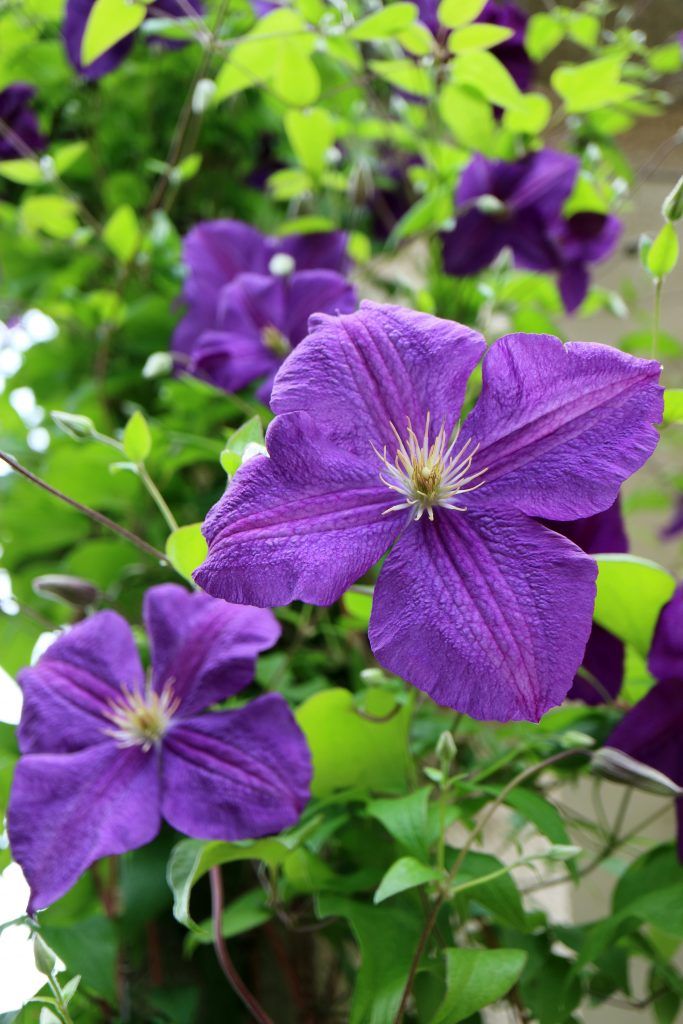
Clematis is a genus of about 300 species within the buttercup family, Ranunculaceae.
His garden hybrids have been very popular with gardeners, beginning with Clematis × jackmanii, a garden classic since 1862; more hybrid cultivars are constantly being produced. They are mainly of Chinese and Japanese origin.
Most species are known as clematis in English, while some are also known as traveller’s joy, a name invented for the only British native, Clematis vitalba, by herbalist John Gerard; virgin’s bower for Clematis terniflora, Clematis virginiana and Clematis viticella; old man’s beard, applied to several with prominent seed heads.
ipomoea tricolor
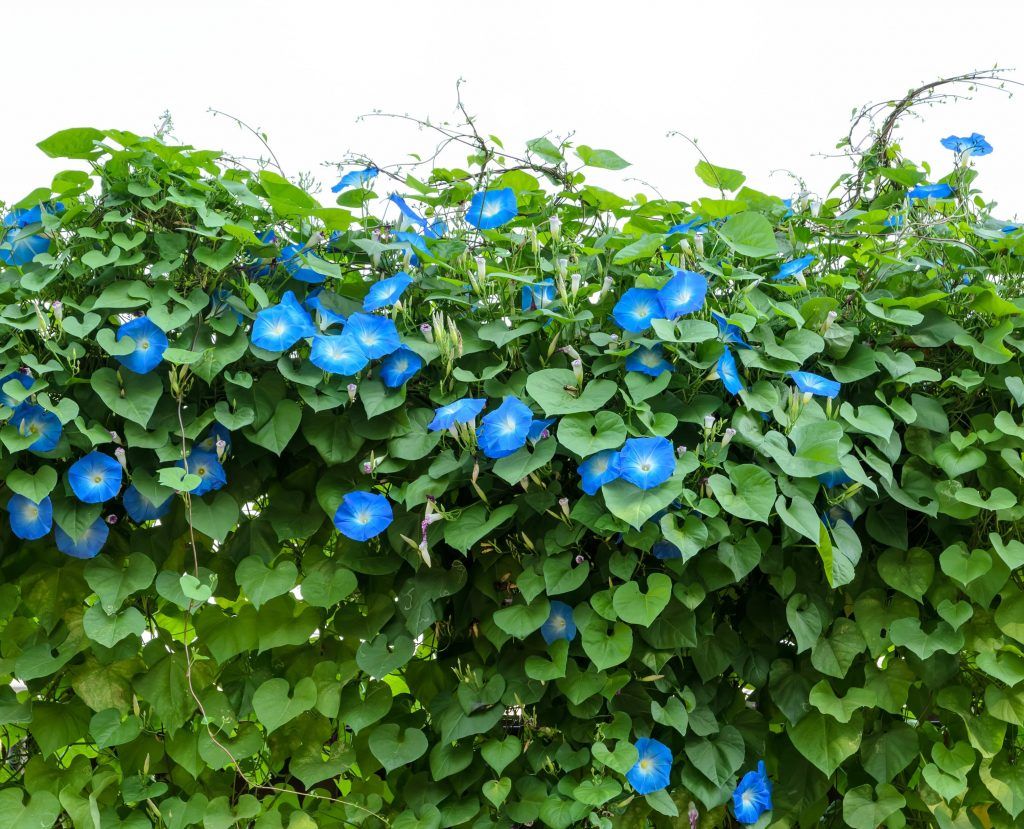
Ipomoea tricolor, the Mexican morning glory or simply morning glory, is a species of flowering plant in the family Convolvulaceae, native to the New World tropics and widely cultivated and naturalized elsewhere.
It is an annual or perennial herbaceous liana that grows up to 2-4 m tall.
The leaves are spirally arranged, 3-7 cm long, with a petiole 1.5-6 cm long. Flowers are trumpet-shaped, 4-9 cm (2-4 in) in diameter, usually blue with a white or golden yellow center.
purple bougainvillea
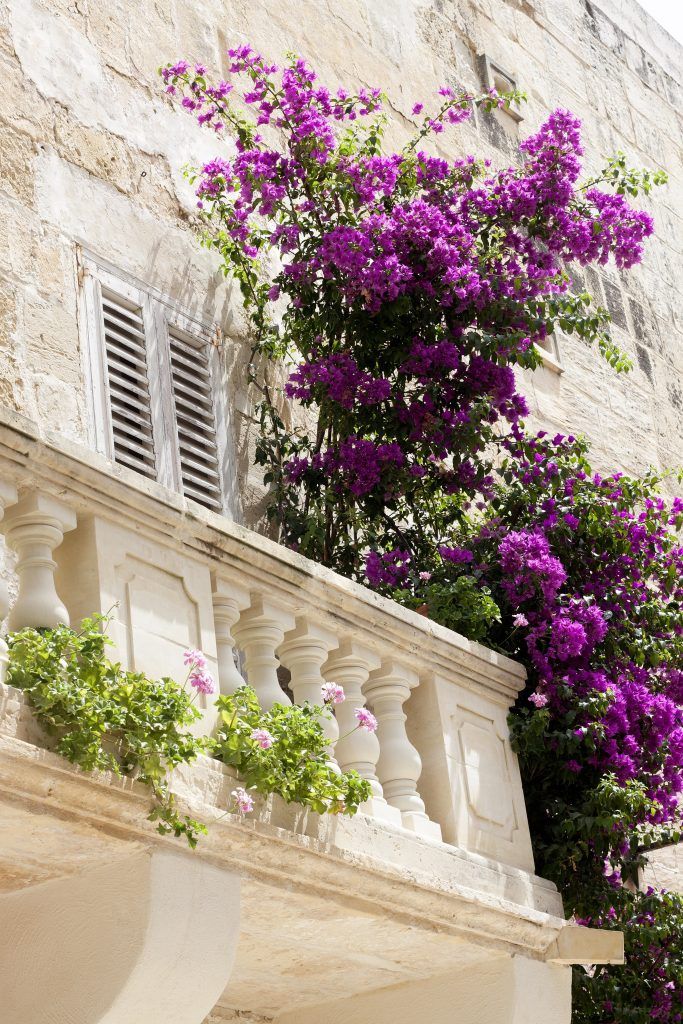
The bugambilia or bougainvillea (Bougainvillea)It can grow both in the form of a vine and a bush since its branches can measure from one meter to twelve meters in length.
If your purpose is to grow on the walls, you can help it by placing wires and from there it will extend its branches.
It is native to South America, mainly from countries such as Brazil, Peru, and Argentina. And it can also be considered a fast-growing plant.
- Cultivation and planting of the Bougainvillea.
- Bougainvillea Cuttings in Water: [Concept, Time, Rooting and Planting]
- Bougainvillea Cuttings: [Concept, Period, Rooting and Planting]
- Pests and Diseases of Bougainvillea: [Detection, Causes and Solutions]
- Prune Bougainvillea: [Importance, Time, Considerations and Steps]
- Bougainvillea Irrigation: [Needs, Frequency and Procedure]
morning glory
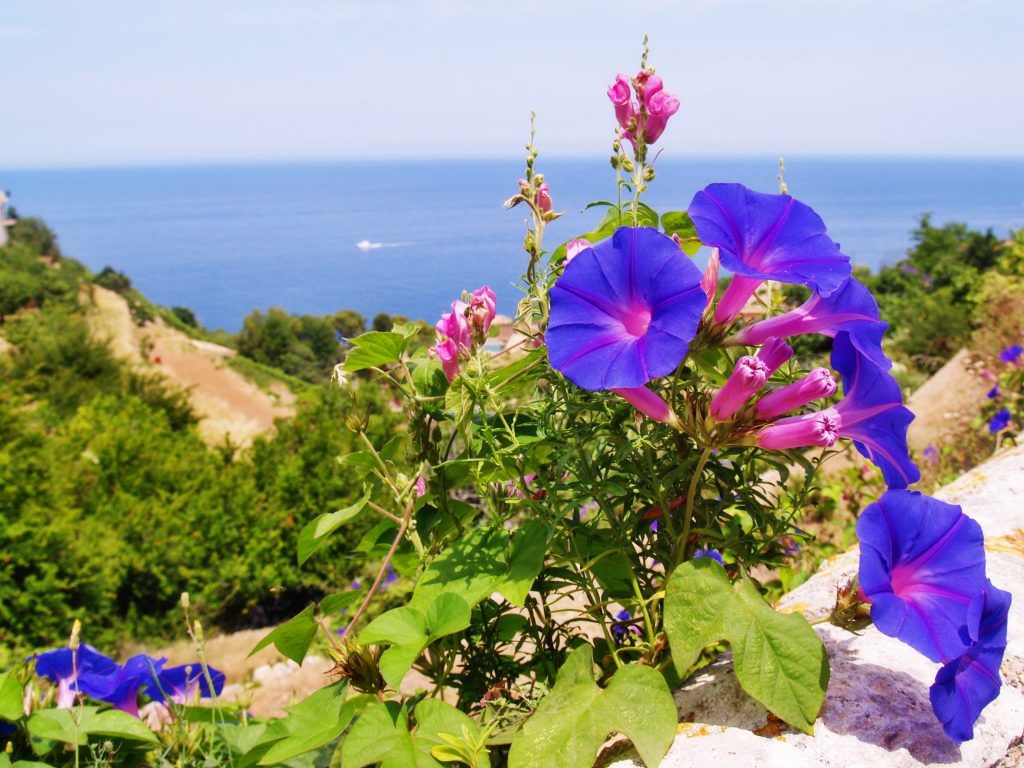
Morning Glories bloom from early summer until the first frosts of fall.
With slender stems and heart-shaped leaves, its trumpet-shaped flowers come in pink, purple-blue, magenta, or white. Its fragrant and colorful flowers are not only attractive to our eyes, but also attractive to butterflies and hummingbirds.
Tuck morning glory vines over a pergola or arch, or use them as a dense ground cover.
This plant is drought tolerant and grows quickly – up to 3 meters in one season – and can also self-seed quite easily. Therefore, you must choose well where to place it. Otherwise, you may end up with more of these plants than you bargained for.
petunias
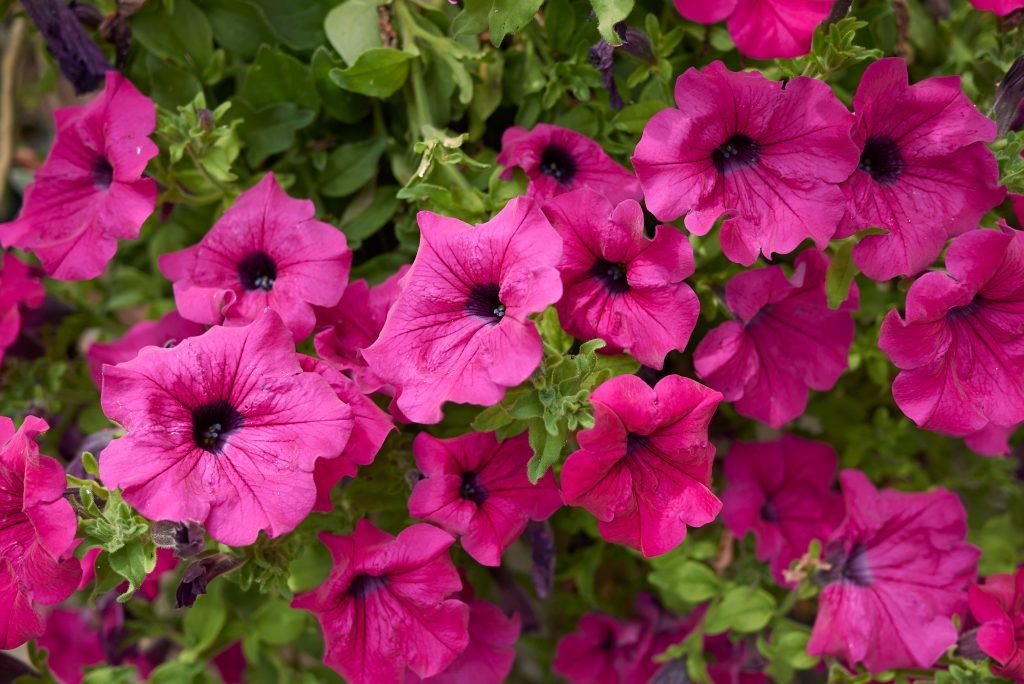
Did you know that petunia is a beautiful and very grateful plant? Also, it is a climbing plant.
Why do I say what is grateful?Because it really needs little care and is resistant.
Petunia has been used for centuries as an ornamental, houseplant. Its flowering is one of the most beautiful. It can also be used as a hanging plant. It can sometimes be confused with another plant called calibrachoa.
Therefore, it becomes a good option for our garden.
Honeysuckle
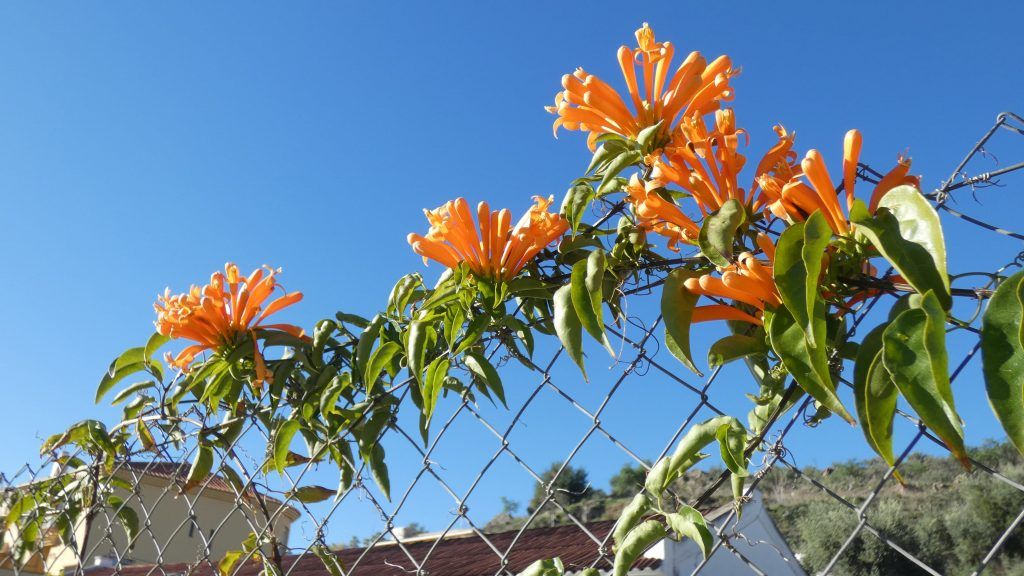
Honeysuckle is a species of plant that produces a very characteristic flowering, abundantly and that grows quickly.
The flowers also emit a perfume that is delicious and that is accentuated as the sun goes down in the afternoon.
It accommodates in air spaces because it is a climber, so it is an excellent option to help with decorative themes when there are hot weather. When winter comes, it loses its leaves and only survives if temperatures do not drop too much.
Jasmine
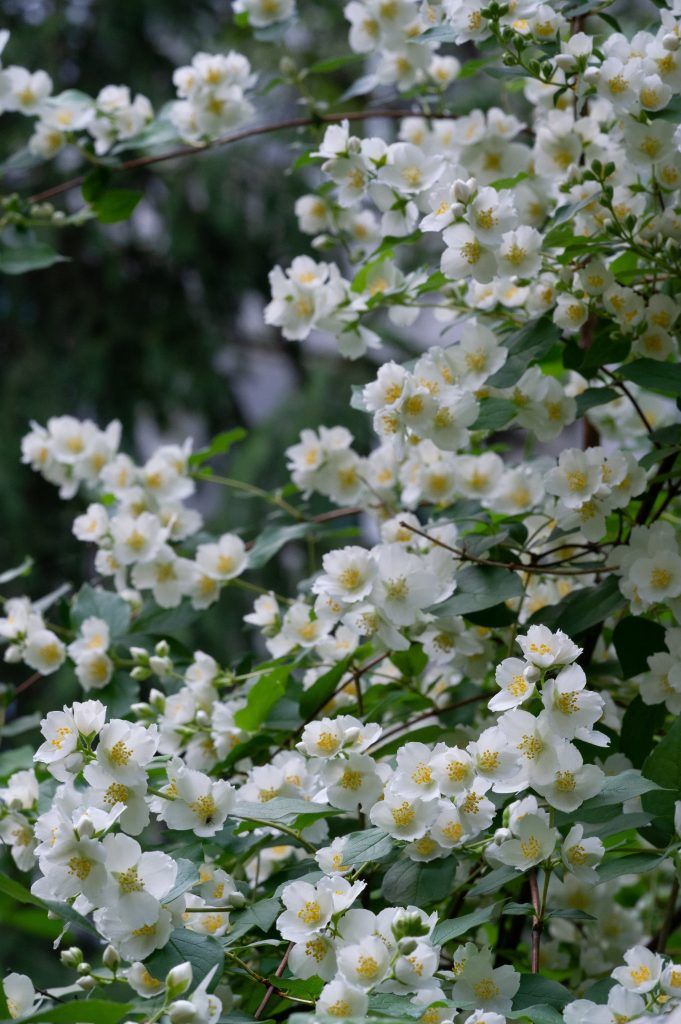
Jasmine flowers are tropical flowers that thrive in warm climates.
Most varieties have a distinctive aroma that is popular even off the vine.
The scent of jasmine can be found in all kinds of products, from teas to candles, soaps and lotions.
Jasmine has bright green foliage and likes sun or light shade and relatively fertile, well-drained soil. Some jasmine plants are evergreen, meaning they keep their leaves green throughout the year.
Although growing jasmine requires some effort, it is well worth it, as the plant will give a profuse and showy display of flowers that can liven up even the dullest of patios.
Flower of the Passion
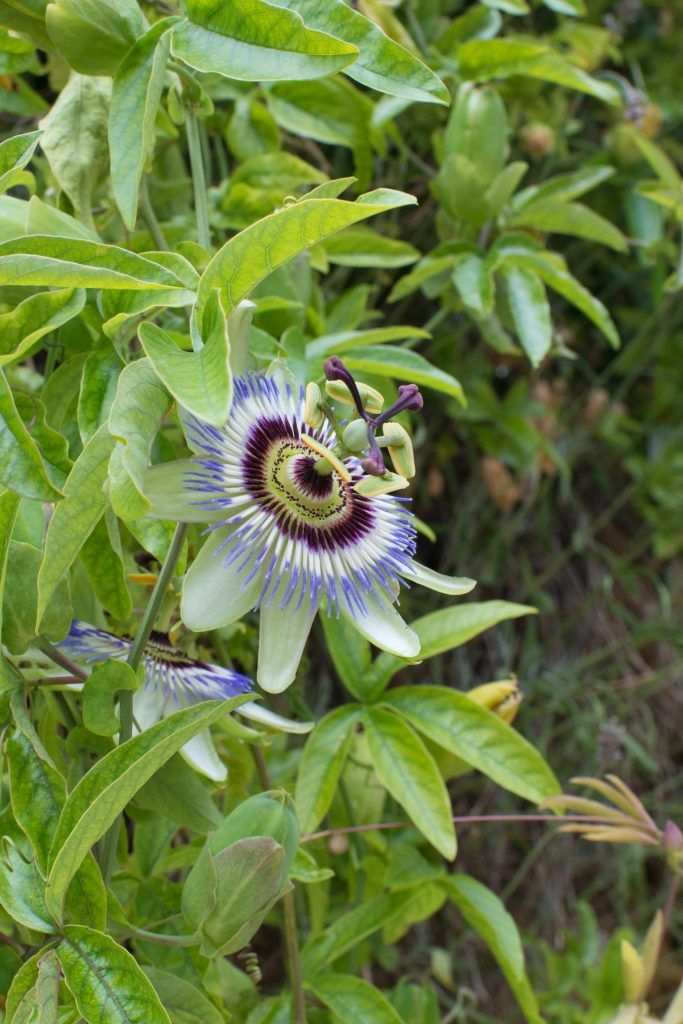
Passiflora or Passion Flower, also known as passion flower or passion vine, is a genus of about 550 species of flowering plants, the type genus of the family Passifloraceae.
Most are vines with tendrils, and some are shrubs or trees. They can be woody or herbaceous.
Passion flowers produce regular and usually showy flowers with a distinctive crown. The flower is pentamerous and matures into an indehiscent fruit with numerous seeds.
Mandevilla
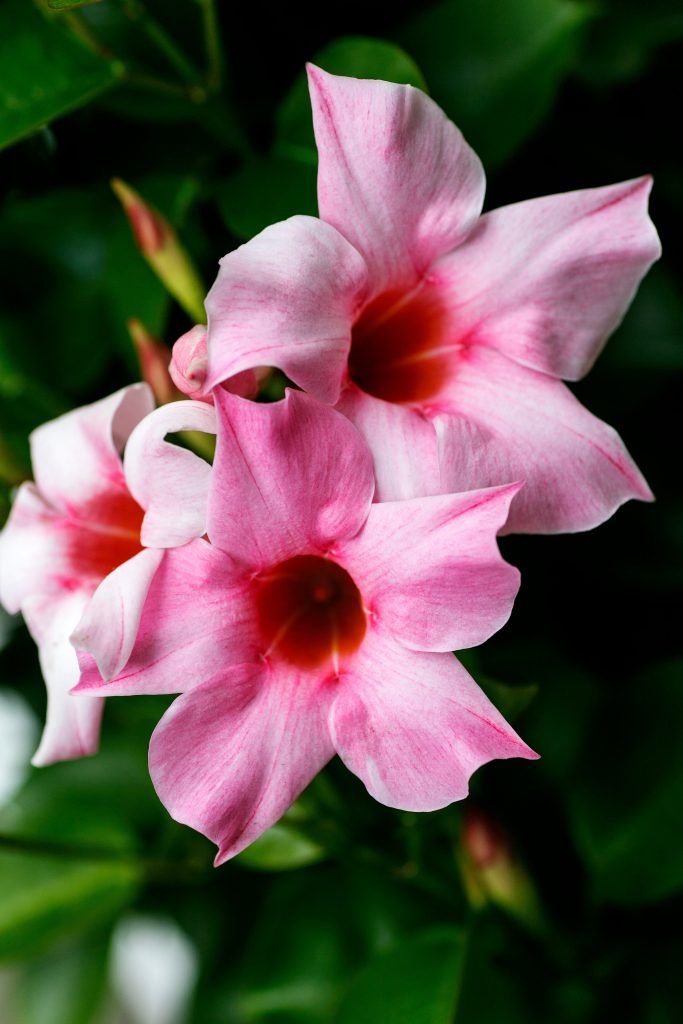
Mandevilla, is a genus of tropical and subtropical vines belonging to the family Apocynaceae. It was first described as a genus in 1840. A common name is rocktrumpet.
Mandevilla species are native to the southwestern United States, Mexico, Central America, the West Indies, and South America. Many are native to the forests of Serra dos Órgãos in Rio de Janeiro, Brazil.
The genus is named after Henry Mandeville (1773-1861), a British diplomat and gardener.
Thunbergia
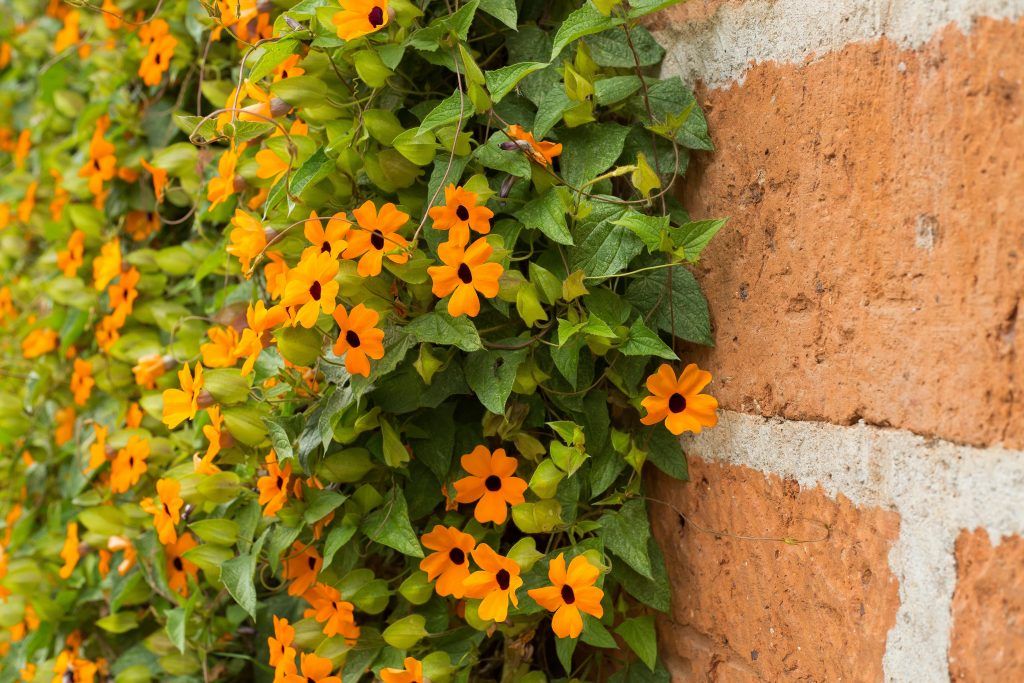
Thunbergia is a genus of flowering plants in the family Acanthaceae, native to tropical regions of Africa, Madagascar, and southern Asia.
Thunbergia species are vigorous annual or perennial vines and shrubs, reaching 2-8 m in height. The generic name honors the Swedish naturalist Carl Peter Thunberg (1743-1828).
Its members are known by various names, including thunbergias and clockvine.
Thunbergia by itself usually refers to Thunbergia grandiflora, while Thunbergia alata is often referred to as Black-eyed Susan vine or simply Black-eyed Susan (not to be confused with other flowers called Black-eyed Susan).
Thunbergia gregorii is the name of the orange vine plant.
Thunbergias frequently escape from gardens and become invasive plants; Thunbergia grandiflora, Thunbergia fragrans and Thunbergia laurifolia are considered weeds in Australia.
winter bignonia
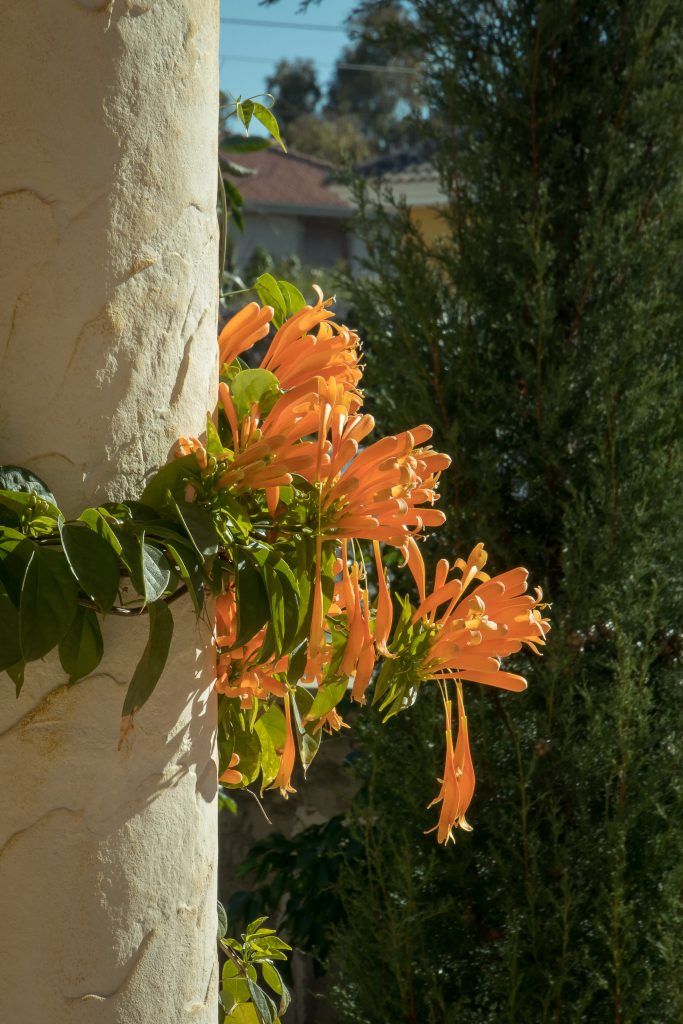
Bignonia is a genus of flowering plants in the family Bignoniaceae. The genus and family were named after Jean-Paul Bignon by his protégé Joseph Pitton de Tournefort in 1694, and the genus was established as part of modern botanical nomenclature in 1753 by Carl Linnaeus.
Species have been recorded from the southern US and Central America to most of South America.
Lathyrus
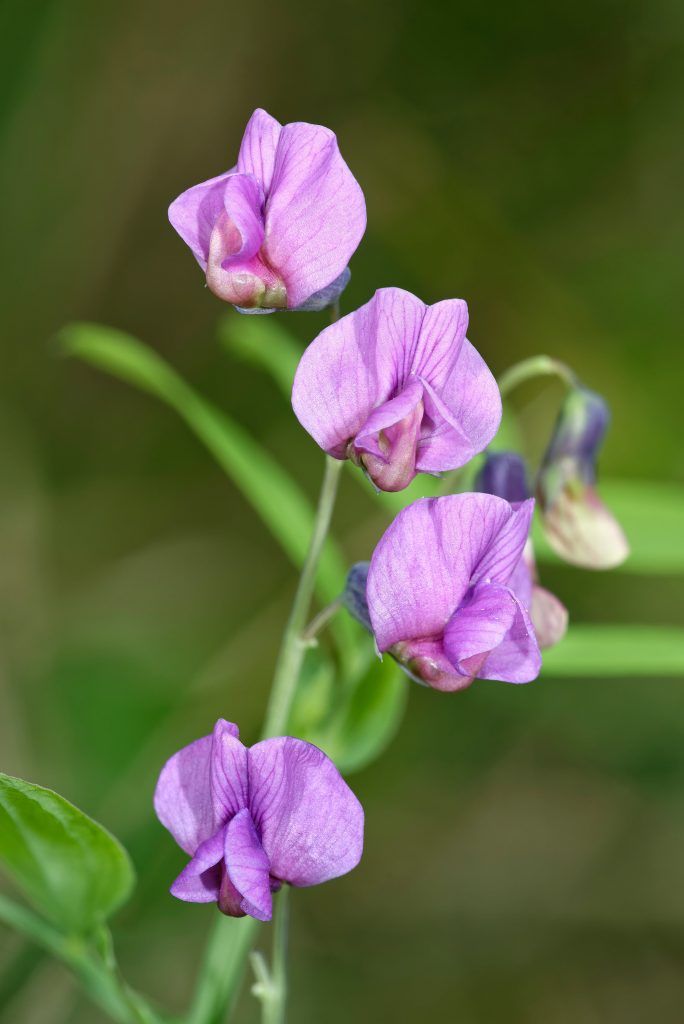
Lathyrus is a genus of flowering plants in the legume family Fabaceae, containing approximately 160 species.
Commonly known as peavines or vetch, they are native to temperate zones, with a breakdown of 52 species in Europe, 30 species in North America, 78 in Asia, 24 in tropical East Africa, and 24 in temperate South America. There are annual species and perennials that can be climbers or shrubs.
This genus has numerous sections, including Orobus, which was previously a separate genus.
Translation done with the free version of the translator www.DeepL.com/Translator
Lady of the night (Cestrum nocturnum)
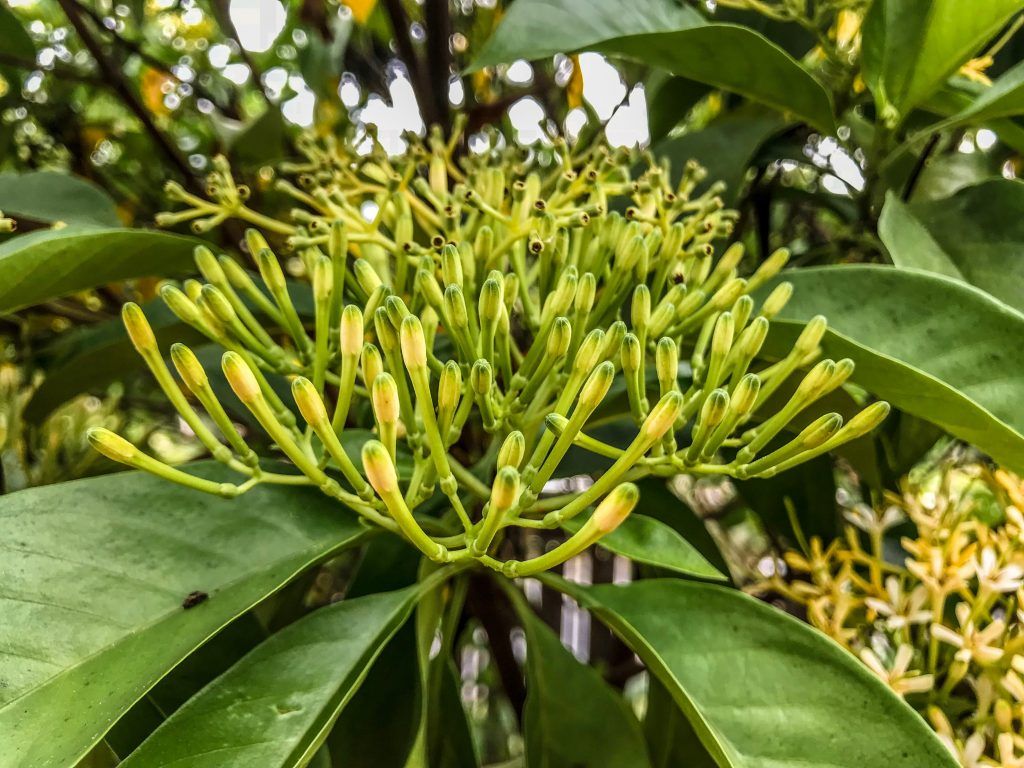
Night-blooming or lady-of-the-night jasmine (Cestrum nocturnum) gets its name because its white-yellow tubular flowers bloom at night; the flowers close during the day.
It belongs to the nightshade family, also known as the nightshade or potato family. It is known for its scent and is possibly the most scented plant in the world.
When blooming, the flowers give off a sweet perfumed scent that permeates the area within 300-500 feet of the plant.
Translation done with the free version of the translator www.DeepL.com/Translator
More photos and images of climbing plants
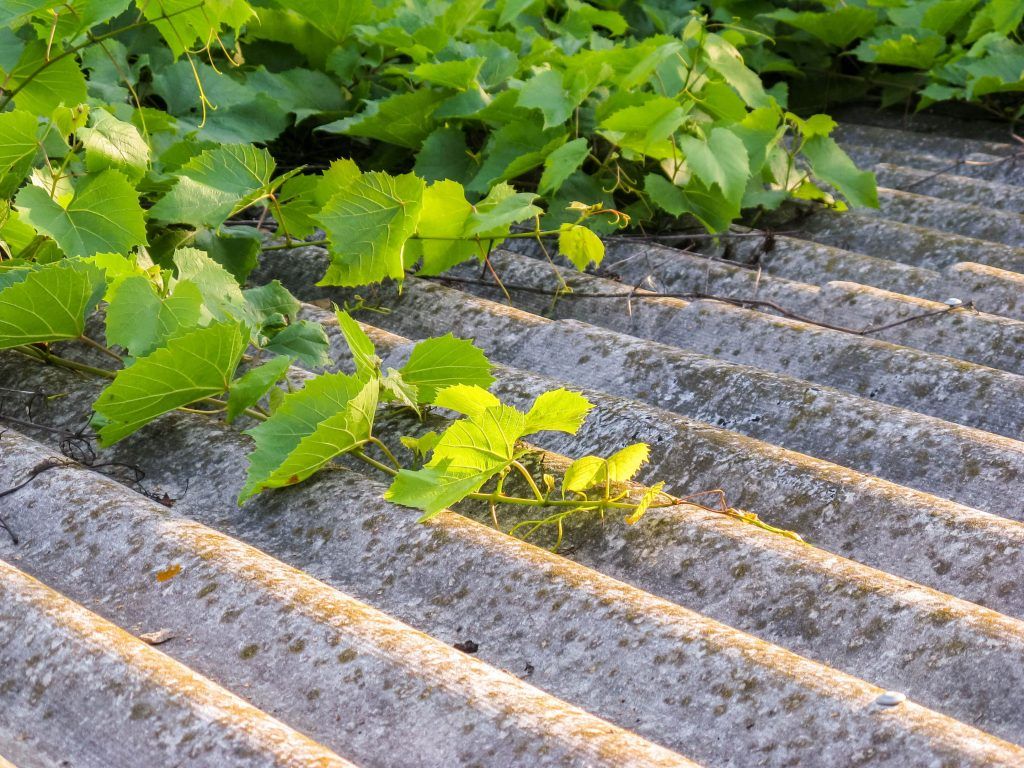
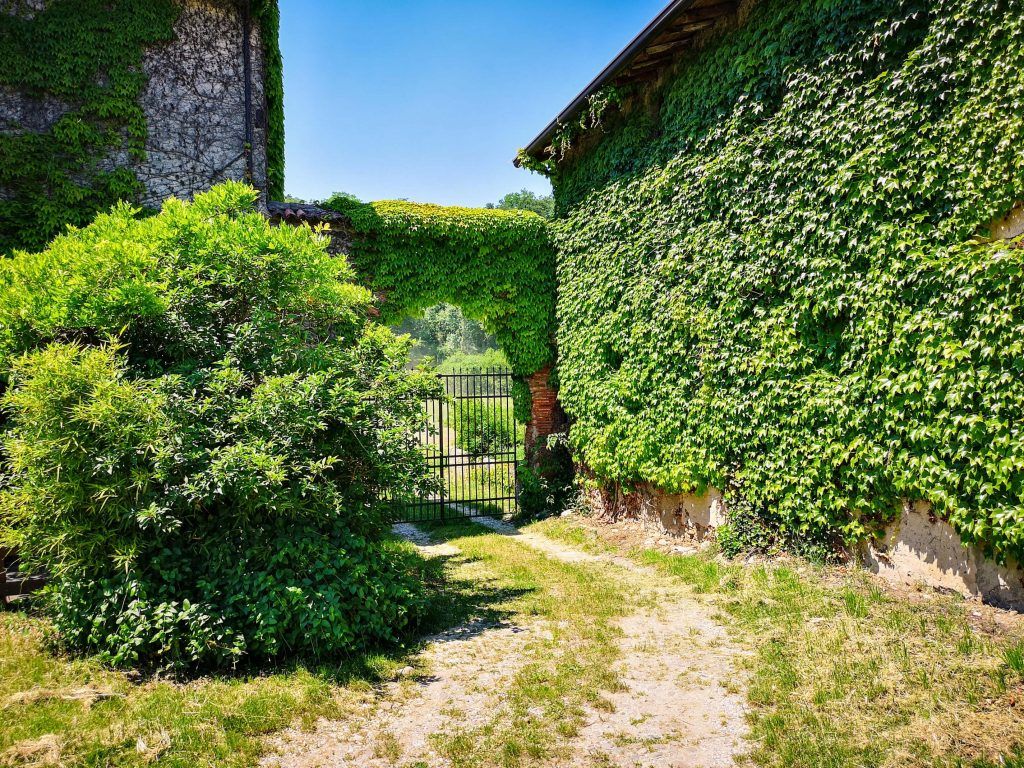



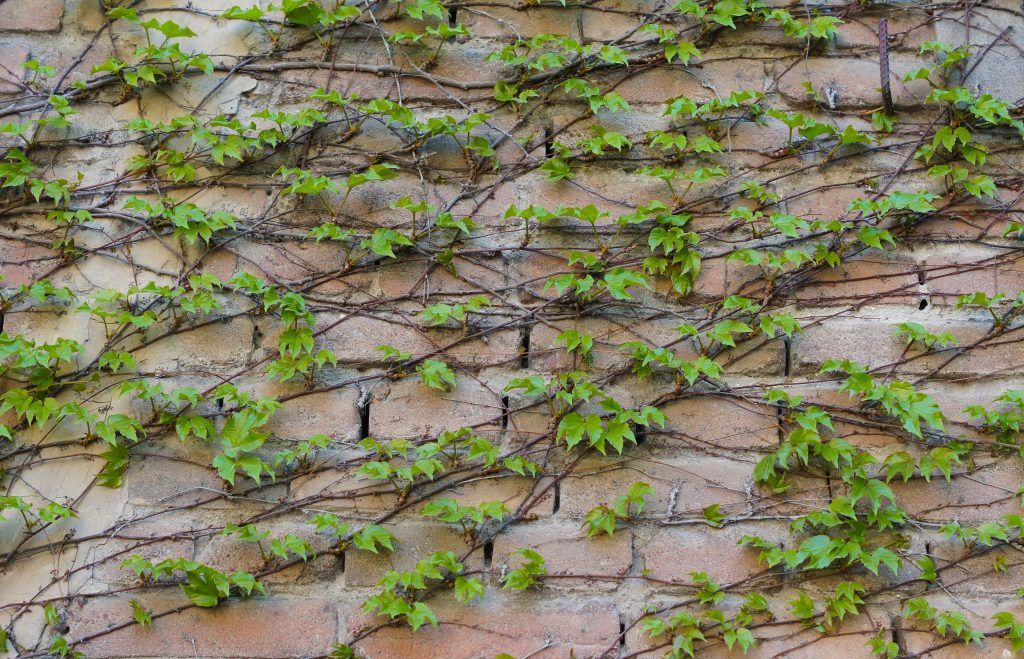
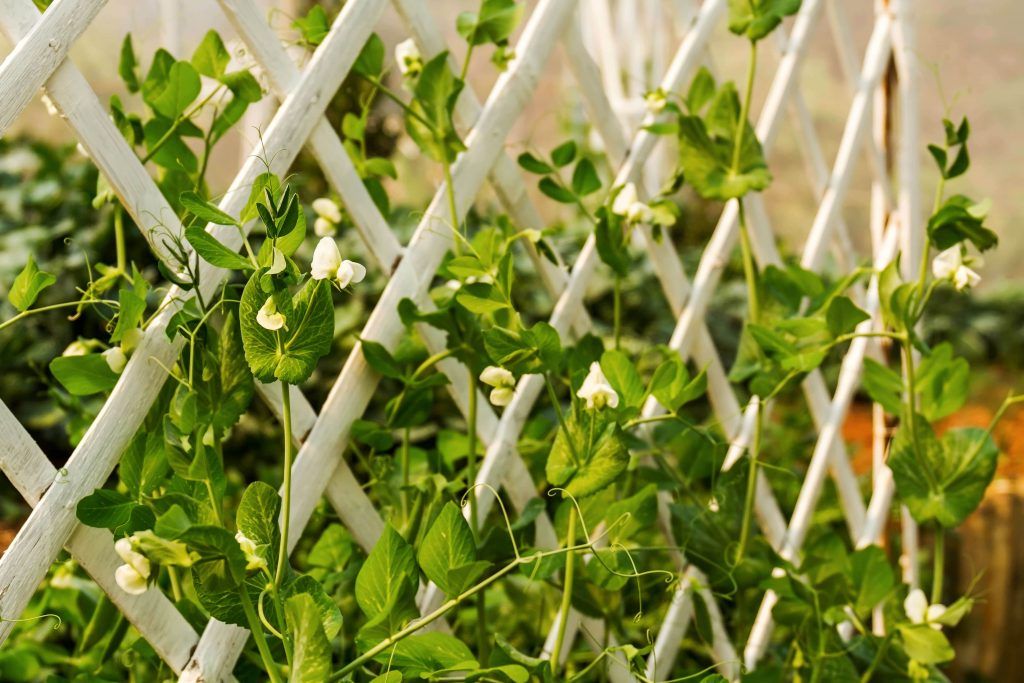
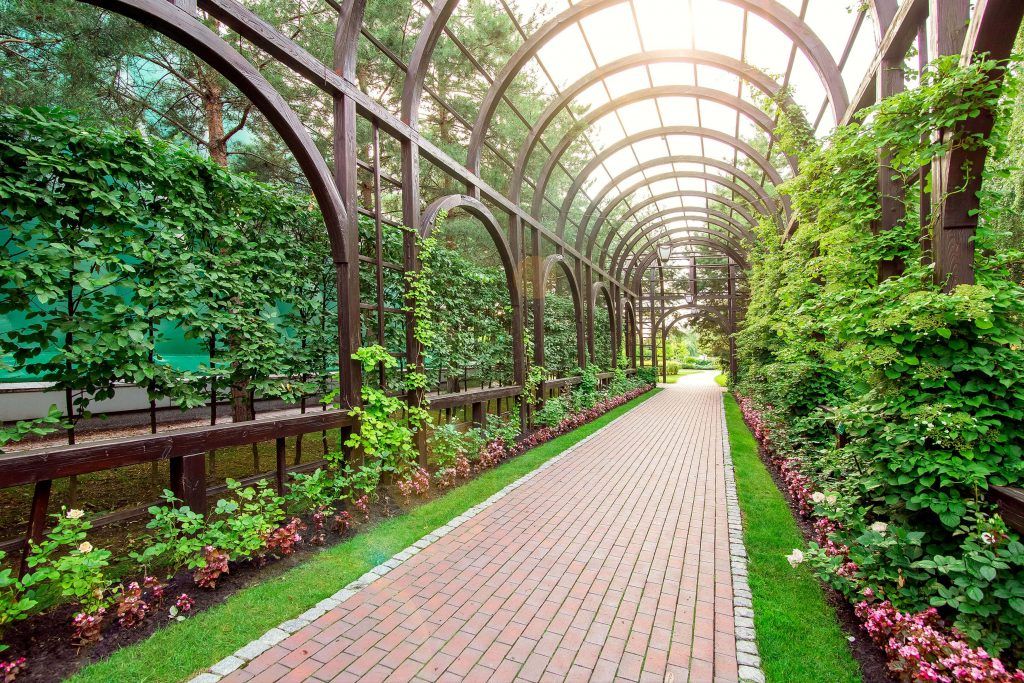

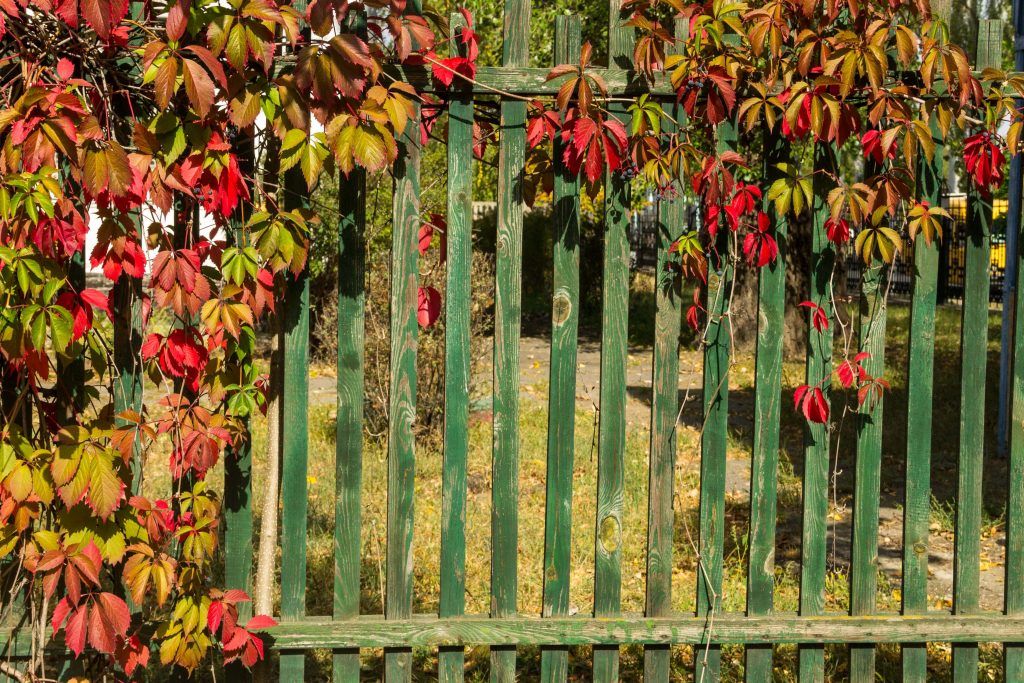

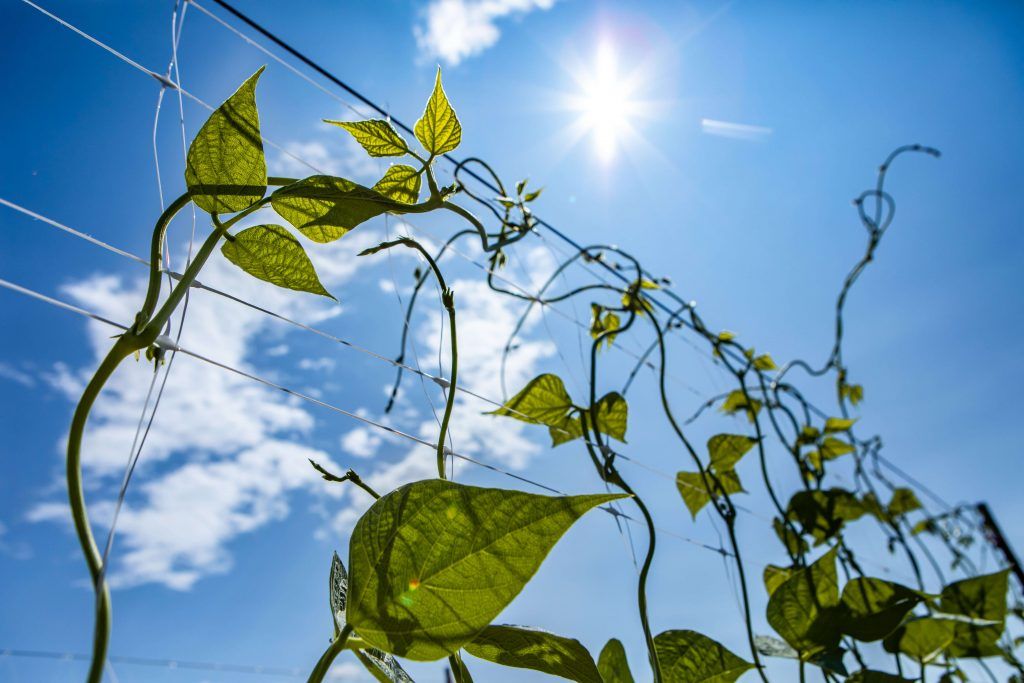


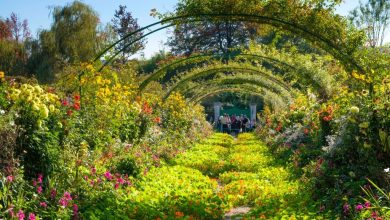
![Photo of Plant a Fig Tree: [Cultivation, Care, Irrigation, Substrate and Pests]](https://www.complete-gardening.com/wp-content/uploads/2022/08/plant-a-fig-tree-cultivation-care-irrigation-substrate-and-pests-390x220.jpg)
![Photo of Begonia Cuttings: [Concept, Period, Rooting and Planting]](https://www.complete-gardening.com/wp-content/uploads/2022/08/begonia-cuttings-concept-period-rooting-and-planting-390x220.jpg)